
The 2012 Rolex 24 at Daytona, Jan. 28-29, marks a half-century of top-level sports car racing on the high banks and twisting infield of Daytona International Speedway. We’re counting down to that milestone with a series of stories looking at some of the drivers, marques and stories that have shaped those 50 years. This week, some bittersweet memories of a stock-car-racing legend’s Rolex 24 debut.
“The Intimidator” takes on the Rolex 24
Ask anyone at Corvette Racing for a favorite memory from the 2001 Rolex 24 at Daytona and you may not get the answer you were expecting.
Sure, it was the year Chevrolet’s GTS class contender outlasted the prototypes at Daytona International Speedway to notch up an unexpected outright victory in the ’round-the-clock classic, but the sight of the No. 2 Corvette C5-R taking the checkered flag might not be the magic moment they’d choose. Instead, they’re just as likely to want to talk about working with a motorsport legend – namely Dale “The Intimidator” Earnhardt.
In early February, the seven-time NASCAR Sprint Cup champion and his son, Dale Jr., took time out from their preparations for the long and grueling NASCAR season ahead to race in the 24 Hours. They made their mark out on the track, finishing fourth overall and second in class together with Andy Pilgrim and Kelly Collins, but they also left an indelible impression on every team member. Those memories became all the more poignant after Earnhardt Sr. was snatched away on the final lap of the Daytona 500, just two weeks after the 24 Hours.
Doug Fehan (RIGHT, with Johnny O’Connell), longtime program manager at Corvette Racing, describes working with Earnhardt Sr. as “one of the most memorable experiences of my career.” He’s quick to add that he’s not talking about “Earnhardt the legend, but Earnhardt the man.”
Pilgrim, who, despite his dislike of the description, acted as a kind of road racing mentor to the Earnhardts, echoes Fehan’s words.
“The Intimidator was just his racetrack persona,” he says. “The real Dale was a kind-hearted person who genuinely cared about people.”
Pilgrim was Earnhardt’s choice of teammate for the 24 Hours, though the first the U.S.-based Brit knew about it was when he received a letter from the great man. Earnhardt didn’t know Pilgrim personally, but he knew a little bit about his driving, having seen his already famous last-lap pass on Tommy Archer’s Dodge Viper to secure class honors at Petit Le Mans the previous September.
“Dale sent me a letter after Petit,” explains Pilgrim. “It basically said, ‘Hi, Dale Earnhardt here. Man, that was some pass you pulled on the Viper. That move is exactly why I want you to be my teammate at next year’s 24 Hours. You obviously know how to rub paint, so I can’t teach you that, but you’ve got to teach me to drive the Corvette. Sincerely, Dale Earnhardt.’”
Pilgrim admits that he hadn’t been aware the Earnhardts were being lined up for the 24 Hours. There were rumors, however, because the plan had been a year in the making.
“It was one of those things that just bubbled up,” explains Fehan. “He had noticed what we were doing with the Corvette [the C5-R began racing in 1999] and expressed an interest in the program. Gary Claudio was motorsport marketing manager for Corvette; he took the idea and ran with it.”
The original idea had been for the Earnhardts to contest Daytona the previous year, but that plan fell through for two reasons.
“He needed a small surgical procedure on a vertebra,” says Fehan. “He was also very aware that it was Junior’s first year in Cup and he didn’t need any extra distractions, so the idea went on hold.”
Earnhardt had done it all in his stock car career, but as far as sports car racing went, he was a rookie and happy to admit it. That explains the letter to Pilgrim: He wanted to soak up as much information about the Corvette and the road course at the Daytona International Speedway as possible.
“He would say, ‘If there’s anything you think I need to know, please tell me,’” recalls Pilgrim. “I was impressed at how hard he listened. It wasn’t so much coaching, as giving him information that he didn’t have.”
Earnhardt famously asked for some of that during the night of the race. He’d just taken over the car in heavy rain and called for Pilgrim on the radio. It was a moment that was captured for posterity on the TV broadcast.
“He was just looking for information,” explains Pilgrim, “so I just told him where the slippery bits were and what I was using for braking points.”
The result was that Earnhardt Sr. in the No. 3 ‘Vette (it had to be No. 3, of course) was able to match Johnny O’Connell aboard the No. 2 machine that went on to win the race.
“Dale was fantastic in the wet,” recalls Pilgrim. “It was more familiar to him because he didn’t have the downforce and didn’t have to use the brakes so hard. It was much more like driving a Cup car.”
There was no fairy-tale ending to the Earnhardts’ debut in the 24 Hours. The sister Corvette, which O’Connell shared with Ron Fellows, Chris Kneifel and Franck Freon, was the faster of the two cars, but it was also the one that had the clean run. The No. 3 car lost time during the night with a halfshaft failure.
Not that it dampened Earnhardt Sr.’s enthusiasm for sports car racing. On the way home from the race, he was already discussing with right-hand man Steve Crisp about doing the Le Mans 24 Hours, possibly as early as 2002.
“Dale got a taste for sports car racing,” says Fehan. “After he was done with NASCAR, he was going to do sports cars with Dale Earnhardt Incorporated, and the 24 Hours of Le Mans would definitely have been an element of that.”
For tickets to the 2012 Rolex 24 at Daytona, CLICK HERE.
Source: Racer for more CLICK HERE

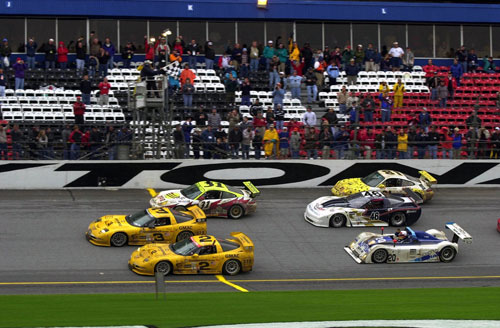
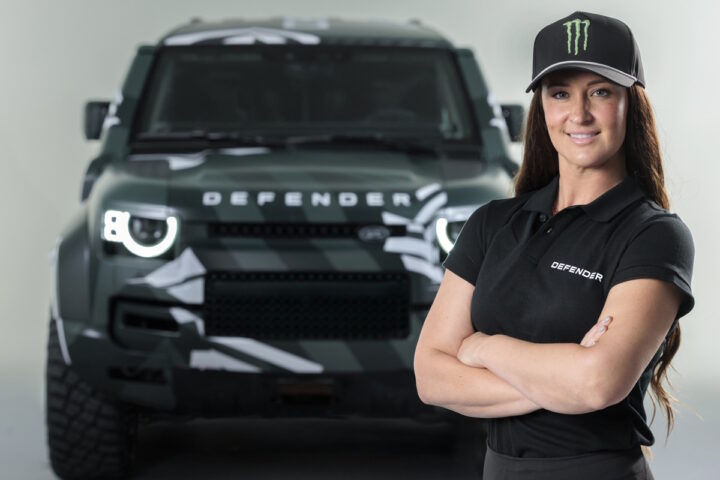
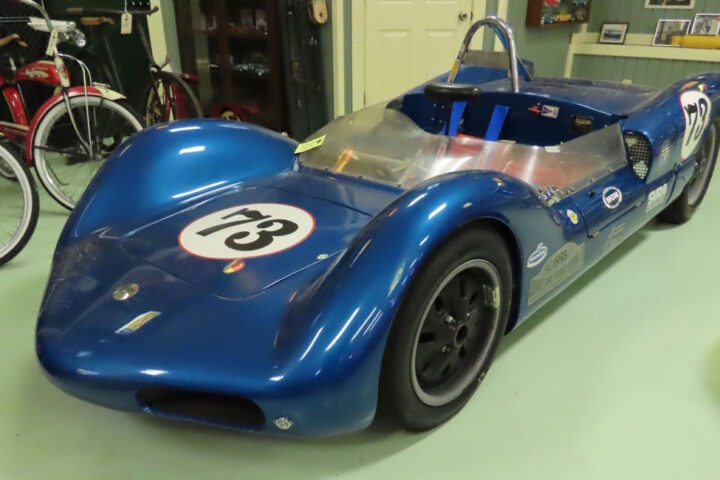
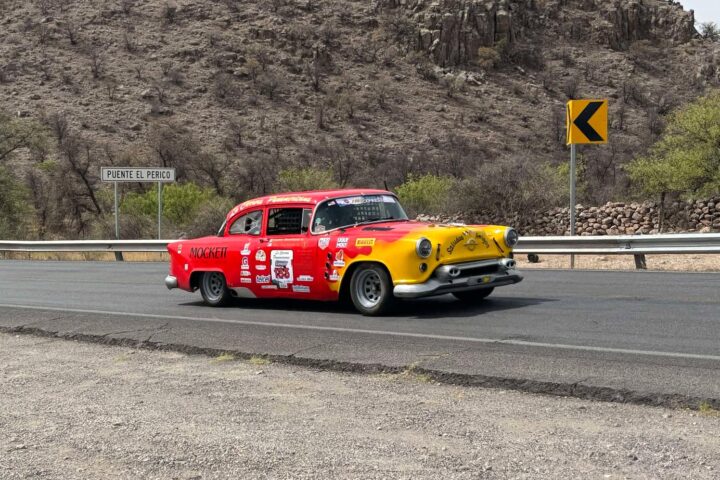

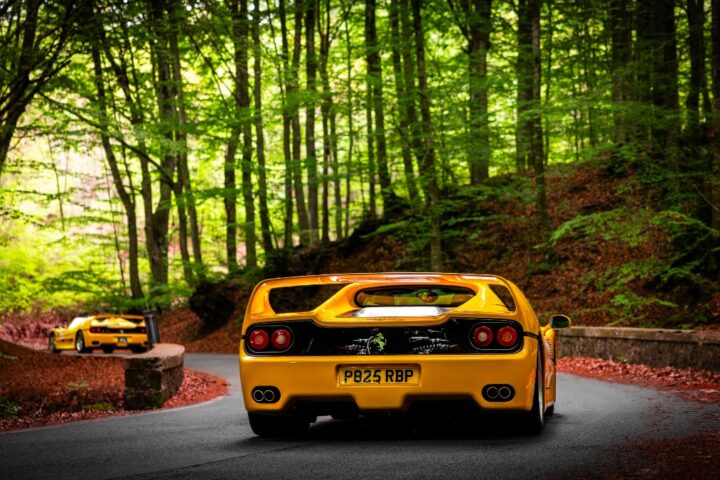
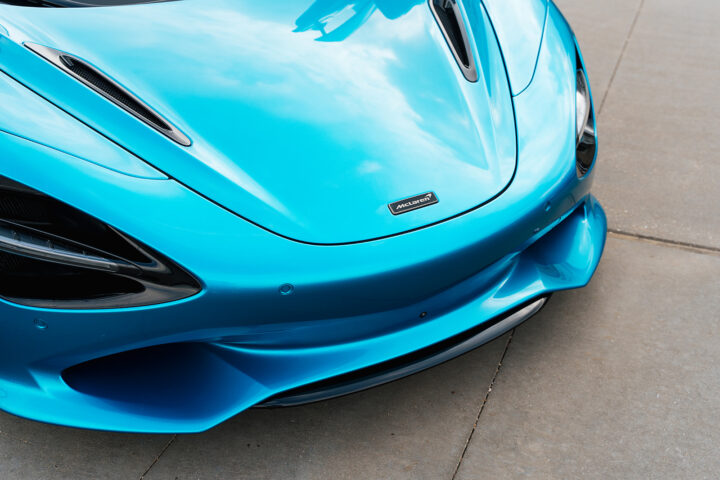
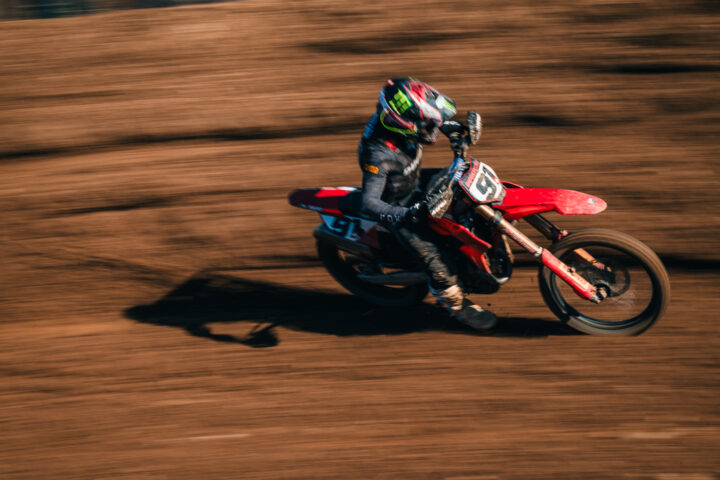
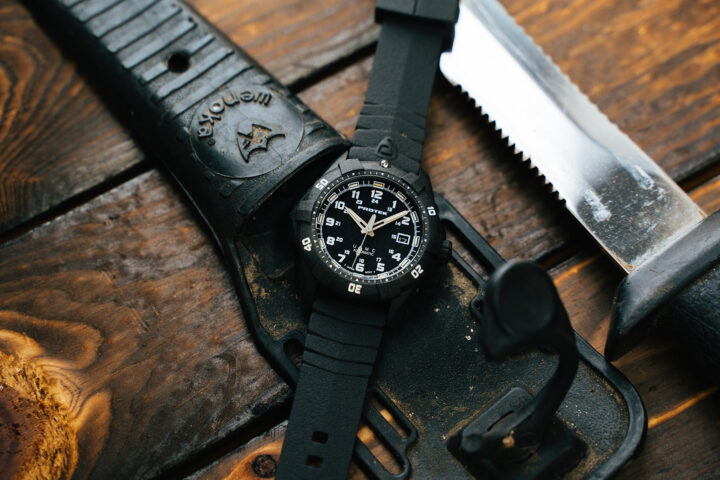

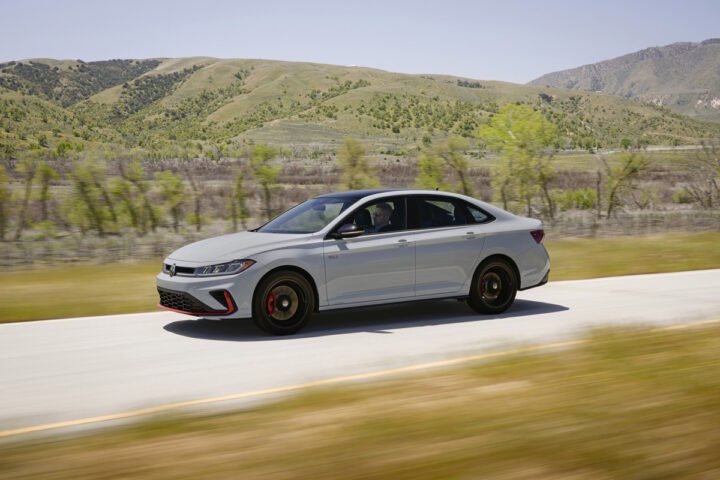
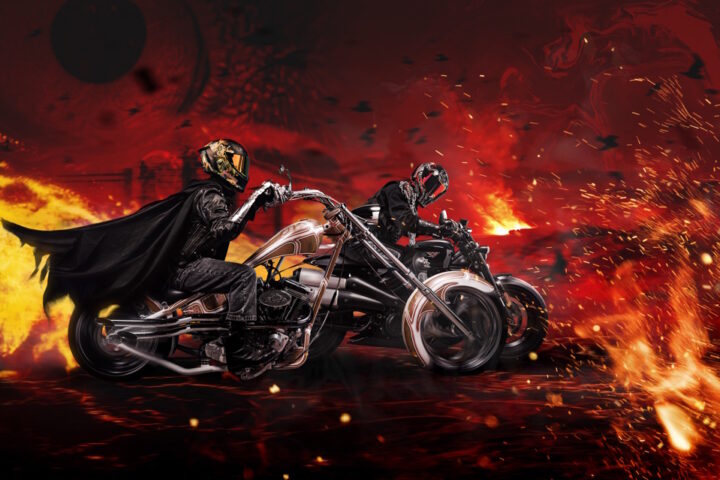







Doesn’t get any better then this